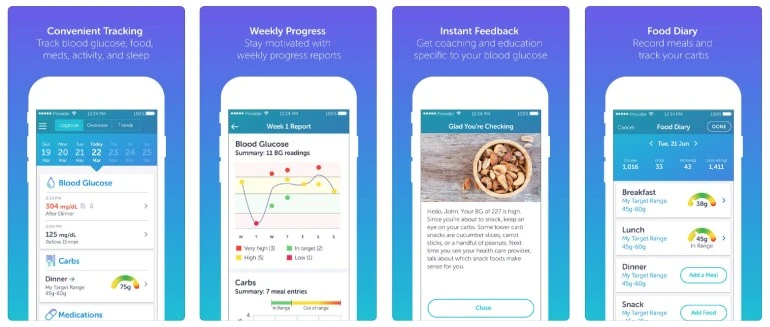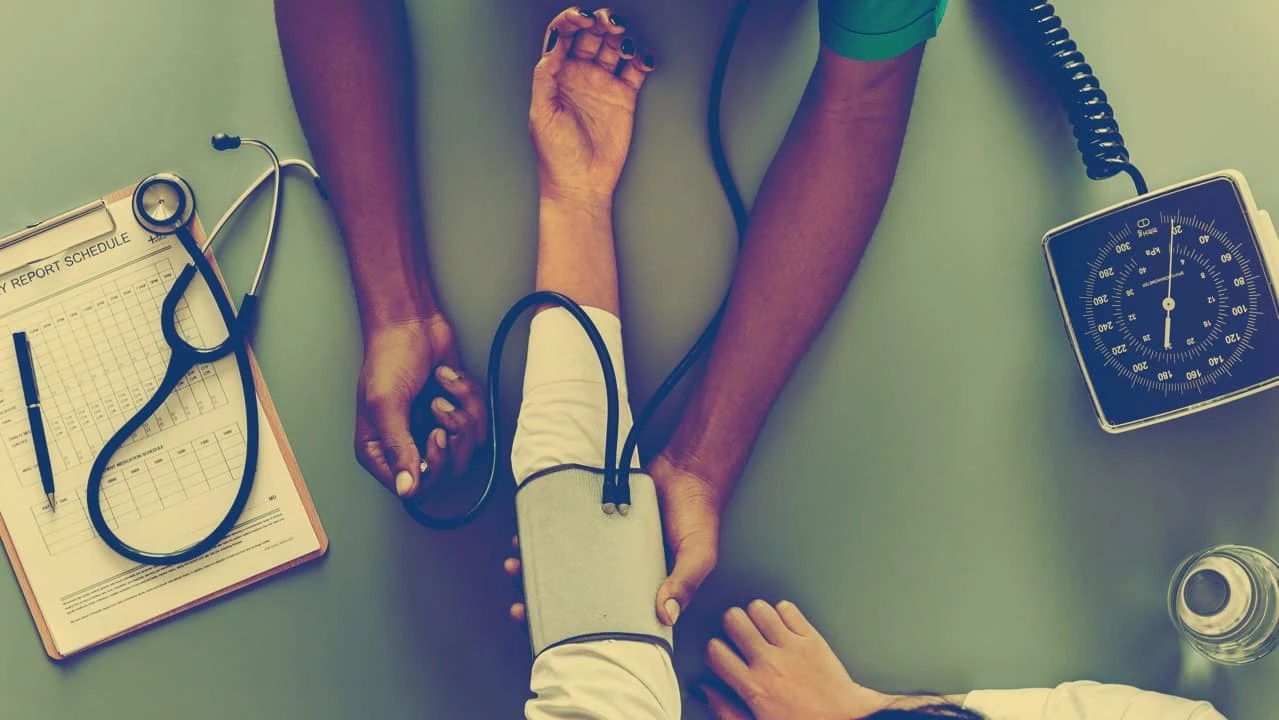One in 11 adults in the world — or 425 million — have diabetes, with one in two of them undiagnosed, says the International Disease Federation.
Two-thirds of people with diabetes (or 327 million) are of working age, between 20 and 64 years old, the Federation notes, and about 12% of global health expenditure — US$727 billion — is spent on the disease.
Controlling the condition is not only about blood glucose monitoring and insulin titration. For the disease that currently has no cure, patient compliance is critical.
Discipline in daily choices — from food to fitness to sleep (or lack of) — impacts blood-glucose levels and health outcomes. This is particularly true of Type 2 diabetes, a lifestyle disease.
Mr Jared Josleyn, global head of corporate development at Verily Life Sciences, notes this in an interview on McKinsey Insights. Verily, a data healthcare company, is a subsidiary of Alphabet.
He says: “It’s also about what food you eat, or how to be more active. In other words, it requires behavioural changes that people can find hard to make and be consistent, which can cause them either to use the systems in an unoptimised way or not to use them at all.”
Machine learning-led therapeutics
If cures are not in the pipeline and control is lax, what could be the bridge?
The answer? Machine learning (ML).
Put simply, ML involves giving machines data — tons of it — and letting them learn for themselves.
Instead of requiring rule-based or usually preset perimeters of programming, ML uses algorithms to recognise patterns — and even draw conclusions or project outcomes — from the massive data sets that are fed to it. For instance, ML algorithms can assess one patient’s medical status against millions of others, detecting the slightest variance that a trained human eye might miss.
Applied to the field of diabetes, ML can offer more specialised care — better patient compliance in disease control, more precise blood glucose monitoring and tailored medication regimens.
Startups are transforming diabetes management via ML in digital and clinical therapeutics.
Digital therapeutics
ML-based medical mobile apps make it easy to engage people with diabetes in therapeutic compliance. The apps suggest healthy-choice foods based on a patient’s blood glucose and glycaemic readings and importantly, send the results to the patient’s doctor.
Take BlueStar, an in-app coach, cleared by the United States’ Food and Drug Administration, for people with Type 2 diabetes. Its developer, WellDoc Inc, is a digital health company based in Maryland, USA.

Using logic, precise algorithms and the science of behavioural insights, BlueStar can tailor messages, from a bank of 20,000 snippets, to the individual.
For example, an activity text: “Phil, we’re glad you’re exercising! Since your BG is on the lower side, you may want to have a snack with 15g of carbs, such as a small apple, to prevent it from dropping too low during your workout.”
Clinical therapeutics
DreaMed Diabetes uses ML to assess optimal insulin dosages for improved glucose control. Its DreaMed Advisor analyses daily patient data that is sent to it on the cloud via a mobile phone. Data includes glucose readings (from sensor or fingerstick blood glucose measurements), insulin dosing records and carbohydrate intake.
Advisor then uses ML and adaptive technology to “continuously learn and get to know each individual – their unique habits, needs and specific glucose data”, says the Israel-based company.
The system automatically adjusts and recommends the correct insulin treatment for each individual in real time. So, allowing people with diabetes to get fast and accurate insulin adjustments on the go. Doctors also have more meaningful discussions with patients during their visits, rather than spending time looking at charts.
Eyes on the prize
Investors also see the potential where healthcare benefits from ML-led therapeutics intersect with profitability.
Not surprisingly, they have poured US$3.6 billion into some 480 deals with healthcare AI startups in the last five years, according to CBInsights’ May 2018 report.
CBInsights also highlighted 11 diabetes-specific ventures. For example, WellDoc has received some US$65 million in funds from Johnson & Johnson Innovation, Merck Global Health Innovation Fund and Samsung Ventures.
Elcelyx Therapeutics has raised one of the highest levels of funding — US$89.9 million — from backers such as Kleiner Perkins Caufield & Byers and Morgenthaler Ventures. The California-based company, boasts a delayed-release, gut-sensory version of metformin, a glucose-lowering drug.
Best care: disciplined choices
ML is clearly the breakthrough propelling artificial intelligence (AI).
Could ML, and the broader field of AI, be tapped to identify the one in two people with diabetes in the world who remain undiagnosed — and prevent the rise of the disease? The possibilities are endless and exciting.
For now, disease care and monitoring are gaining traction on a granular level.
Stuart McGuigan, Chief Information Officer at Johnson & Johnson, notes this in an article on McKinsey Insights: “Through advanced tools like machine learning, we can understand which individualised therapies will be the most effective for improving quality of life, reducing follow-on healthcare costs, and preventing relapse and remission in specific segments of the population — all the way down to individualised care.”
That said, the best care depends on the patient’s efforts.
The individual must realise that the cost of healthcare is borne not just by himself but also by other parties: companies (for lost work days), working population (in subsidised, public-assisted programmes), and society (the burden of home care).
Also, the best high-tech app and most advanced medications cannot replace personal discipline. The sobering truth is that disease complications, from limb amputations to diabetic retinopathy, are the patient’s to bear — for a lifetime.
